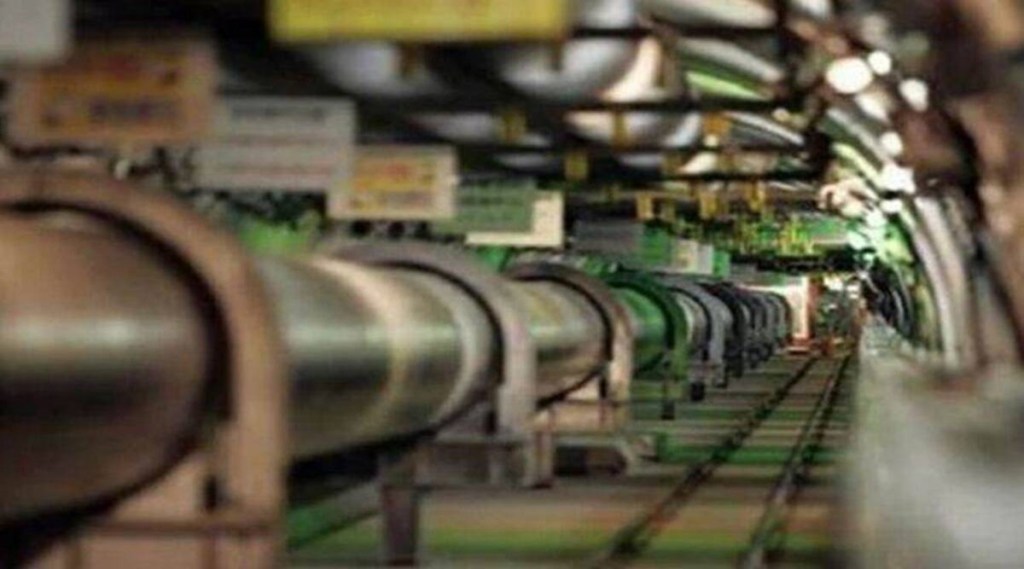The Green Hydrogen Policy, announced by the Union power ministry last week, sets India on the path of achieving the goals of the National Hydrogen Mission; the policy targets to produce 5 million tonnes (MT) of green hydrogen per annum by 2030. The government has earlier also talked of aiming to push down the cost of the clean fuel to $1/kg, from the current levels of $3-6.5/kg. As renewable power costs 50-70% of the cost of green hydrogen, the move to waive inter-state transmission charges for green hydrogen producers (GHPs), for projects commissioned before July 2025, should prove a significant leg-up. The new policy may also lead to substantial cost savings as it lets the GHPs to use power from renewable plants set up by them at the location of the hydrogen plant or a remote location, apart from third-party plants and renewable power procured from power exchanges. Allowing banking of renewable power for 30 days will bolster GHPs’ production efficiency, given reduced uncertainty of power supply and the concomitant effects on capacity utilisation of the electrolysers. Several other policy prescriptions such as single-window clearance for all approvals required can also be meaningful boosts to green-hydrogen production.
But, as with many good intentions, these forward-looking proposals may also get limited in scope unless implementation issues are looked at more holistically. For example, states will have a key role to play in the endeavour. For one, the question of the open access charges of the states will have to be addressed—these disparate charges, also varying depending on what renewable source is, need to be harmonised so as not to distort the green hydrogen market, as Hemant Mallya of the Council for Environment, Energy and Water (CEEW) has pointed out. Also, while the policy leaves the fixing of the banking charges to the state regulators (though bound by a prescribed capping formula), states would do well to take a cue from the CEEW analysis which posits that not having banking charges could lower production costs by 40%. This is not to argue that states should forego any such charge entirely, but a lower rate could be the impetus that green hydrogen production needs. Apart from this, while the new policy talks of a small margin above the cost of procurement and wheeling charges that discoms can charge when GHPs buy renewable power from them, the margin is going to be determined by the state electricity commissions. States must keep this margin meaningfully low.
There were expectations of consumption mandates, especially for those industries that are currently using grey hydrogen, derived from fossil fuels with large consequent emissions. Hopefully, this will be announced at a later date. The government must also, in Phase 2, bring in viability gap funding. Currently, electrolysers, including maintenance, constitute a large chunk of the cost of producing green hydrogen—even with cheaper solar tariffs, solar-powered electrolysers can cost 6X those powered by natural gas. Even as the Rs 19,500 crore PLI will boost domestic solar component production, a PLI for electrolysers is also needed. India must bear in mind that competition is heating up as the EU, China and Australia have announced very ambitious targets, and many countries in the global south are cashing in on their cheap and abundant solar availability. India’s total hydrogen demand is expected to touch 11.7 MT by 2029-30 from the current 6.7 MT. While blue hydrogen plans announced by leading players may take care of a fair amount of the need at low costs, the fact is that this remains a relatively ‘dirty’ option, with little on the ground in terms of carbon capture, storage and utilisation.


